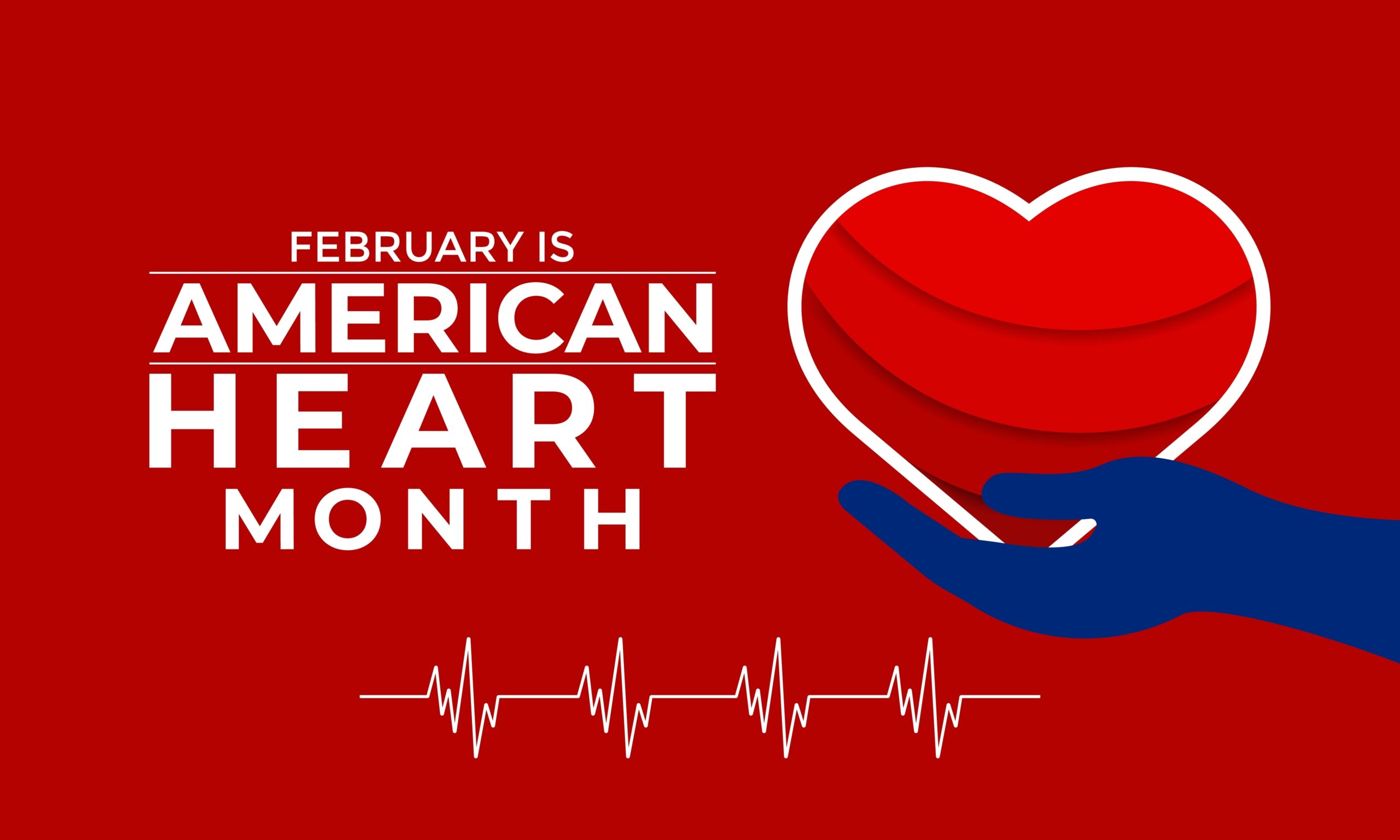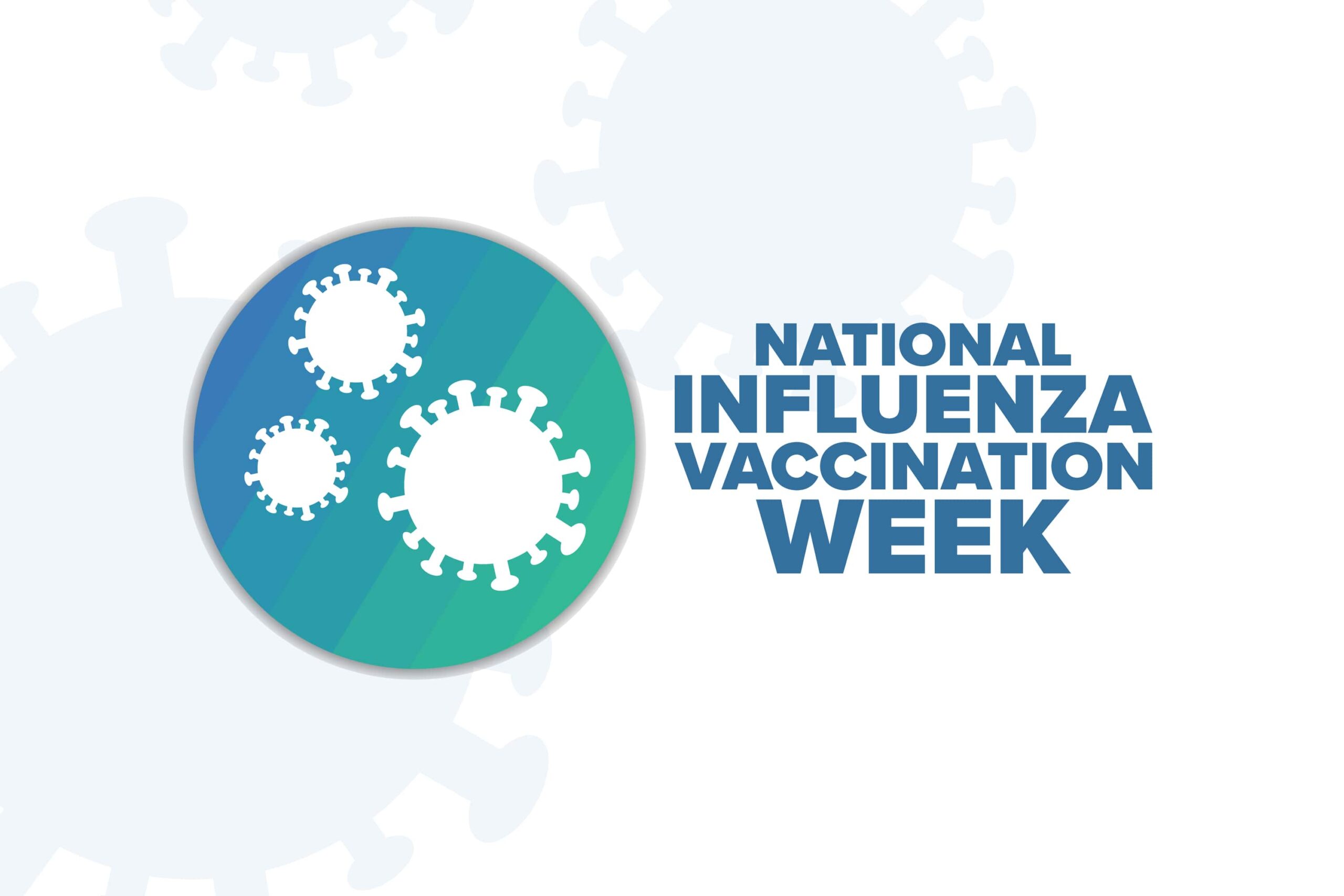Good health is not just about doctor visits or taking medicine. Where you live, work, and spend time can play a big part in how healthy you feel each day. These life factors are called social determinants of health. They include your job, your neighborhood, your school, and the people around you.
What Are the Social Determinants of Health?
Your daily life shapes your health in many ways. Below are some of the social factors that influence health.
Economic Stability
A steady job and enough money make it easier to pay for food, housing, and doctor visits. Without money, people might skip meals or avoid medical care. Research shows that living in poverty or close to it (below 200% of the federal poverty level) can lower life expectancy by about eight years compared to people with higher incomes.
Education Access and Quality
Education gives you the tools to make healthy choices and find better jobs. Kids who go to good schools and finish high school are more likely to stay healthy as adults. People with more education often live longer and feel better because they understand how to take care of their health.
Healthcare Access and Quality
Having a trusted doctor and being able to get check-ups can help detect health issues before they become serious. According to the CDC, inadequate healthcare is a main reason for higher rates of heart disease and other long-term illnesses.
Neighborhood and Built Environment
Your neighborhood shapes how easy it is to move your body and eat healthy foods. Safe parks and sidewalks make it easier to walk or exercise outside, while stores with fresh fruits and vegetables help you cook healthy meals at home.
Living in an area without safe places to play can make people feel worried about crime or traffic, so they stay inside more and feel trapped. Not having good grocery stores nearby forces families to eat more processed foods and can cause stress about how to find healthy options.
Social and Community Context
Strong connections with family and friends can help you handle stress and stay motivated to care for your health. Feeling supported can lower your risk of depression and help you live longer. A caring community makes it easier to stay on track with your health goals.
Reasons to Address Social Determinants of Health
The following are some of the reasons why supporting these areas of your life can help you stay healthy and feel your best.
- Improve overall health: Meeting your basic needs helps you feel strong and lowers your chances of getting sick.
- Improve mental health: Feeling safe, having enough food, and having people you trust can keep your mind calm and happy.
- Reduce the risk of chronic diseases: Good food choices and safe places to move lower your chances of getting serious diseases like heart problems or diabetes.
- Better management of existing conditions: When your daily needs are met, it is easier to take your medicine, get to appointments, and follow care plans.
- Reduce healthcare costs: Staying healthy can help you avoid emergency visits and save money on medical bills.
- Increase life expectancy: Meeting your social needs can help you live a longer and fuller life.
What Is a Social Determinants of Health Screening Tool?
Doctors and health groups use social determinants of health screening tools to learn about things that might be making it harder for you to stay healthy.
At Jai Medical Systems, we have a simple survey that asks about your needs with food, housing, and transportation. Your answers help us connect you to helpful local programs, like food support or ride services.
If you want help with any of these areas, reach out to us today. We are here to support you and help you live your healthiest life.
You might feel fine, but small steps each day can help you stay healthy for years to come. Healthy living involves building good habits you can stick with. When you take care of your body, you feel stronger, sleep better, and avoid many common health problems.
Why Healthy Habits Matter
When you stick to healthy living habits, you give your body the tools it needs to fight sickness. People who eat well, stay active, and go to the doctor on time are less likely to get serious health issues like diabetes, heart issues, or high blood pressure. These good habits also help lower stress, boost mood, and save money by avoiding long hospital visits or extra medicine.
Even one healthy habit can make a big change. According to the NHS, people who eat five fruits and vegetables each day can lower their chances of early death.
Tip #1: Try Simple Healthy Eating Swaps
Eating well does not mean you have to give up your favorite meals. You can start small and still make a big difference. Try these easy food swaps:
- Pick brown rice instead of white
- Eat whole wheat bread over white bread
- Add one fruit or veggie to every meal
- Drink water or tea instead of soda or sugary drinks
Healthy eating helps your body stay strong, gives you energy, and can even improve your sleep. Remember, you do not have to change your whole diet overnight. Start with one change and build from there.
Tip #2: Visit Your Doctor Regularly
Even if you feel okay, it is still important to see your doctor at least once a year. Your doctor will check your blood pressure, talk with you about your health, and help you stay up to date with vaccines. Catching problems early makes them easier to treat. These visits can also help you manage medicine or health conditions.
Tip #3: Get Moving Every Day
Moving your body each day is one of the best things you can do for your health. You do not need a gym or fancy equipment. Walking, stretching, dancing, and even cleaning the house all count. Aim for 30 minutes a day of movement.
Tip #4: Start Small and Keep Going
One reason people stop healthy habits is that they try to change too much at once. Instead, start small. Here is one idea:
- Week 1: Walk 10 minutes each morning
- Week 2: Add a glass of water before lunch
- Week 3: Swap a snack for a piece of fruit
Track your progress on paper or in a notebook. If you miss a day, just start again the next day. Building habits takes time, but every small step counts.
Tip #5: Get Rewarded for Taking Care of Yourself
Did you know that Jai Medical Systems gives you a $25 Target Gift Card just for going to your yearly checkup? It is part of the Healthy Rewards Program, and all members are automatically included. Here’s how to claim it:
- Visit your doctor for a checkup in 2025
- Fill out and send in the Healthy Rewards Form, or complete it online!
Keep Moving Toward a Healthier You
Starting healthy habits can feel hard at first, but small steps make a big difference. You can eat better, move more, and visit your doctor to stay ahead of health problems. With support from your doctor and help from Jai Medical Systems, healthy living becomes easier and more rewarding.
Call us at 1-888-JAI-1999 or visit Jai Medical Systems to learn more about your benefits and how to earn your Healthy Rewards today.
You might feel fine, but your body could be hiding a problem. A yearly physical gives your doctor a chance to check your whole body, even before you feel sick. These visits can help catch small issues before they turn into big ones. In many cases, a simple annual check-up can even save your life.
Getting your annual physical is one of the best things you can do to stay healthy and avoid surprise health problems.
1. An Annual Physical Finds Problems Early
A yearly physical helps your doctor find health problems early before they get serious. For example, high blood pressure might not cause pain, but it can lead to a heart attack or stroke.
A quick blood pressure check during your visit can catch it early. The same is true for diabetes, cancer, or heart disease. Catching these problems early means easier treatment and a better chance of staying healthy.
2. An Annual Physical Gives You Important Screenings
During your annual physical, your doctor may give you tests called screenings. These include checking your blood, your weight, and your blood pressure. Depending on your age, your doctor may also suggest tests for breast cancer, cervical cancer, prostate cancer, or colon cancer.
These screenings are done to help find diseases early, even if you feel okay. For women, pap smears or mammograms are common. For men, it might include a prostate check or blood test. These tests are quick, and they give your doctor important clues about your health.
3. An Annual Physical Helps You Stay Up to Date on Vaccines
Vaccines help protect you from diseases that can make you very sick. At your annual check-up, your doctor will look at your vaccine history. You might get a flu shot, COVID-19 booster or Tdap
If you are over 50, your doctor may offer vaccines for shingles or pneumonia. If you have diabetes or another health condition, you may need extra protection with the hepatitis B shot.
4. An Annual Physical Keeps Track of Changes in Your Health
Even small changes in your weight, blood sugar, or blood pressure can make a big difference. That is why your yearly physical is so helpful. Your doctor will look at how your health has changed since your last visit.
This is your time to talk about any new pain, questions, or changes. Maybe you started a new medicine or had a new symptom. Your doctor can help you figure out what it means and what to do next.
5. An Annual Physical Helps Build a Strong Relationship With Your Doctor
A good relationship with your doctor makes it easier to talk about your health. During a yearly physical, you get more time to ask questions and share your concerns. Your doctor gets to know you better, too. That way, if something changes later, they have a full picture of your health.
You can talk about your sleep, mood, diet, or anything else that is on your mind. This visit is for you, not just for your test results.
Take Charge of Your Health Today
A yearly physical is one of the simplest ways to stay healthy. It gives you a fresh start each year. If you have not had your annual check-up yet, now is the time to schedule it.
At Jai Medical Systems, we care about your health. We are here to help you get the care you need, when you need it. If you have questions about your coverage or need help finding a doctor, please contact us today at 1-888-524-1999.
Doctors use a mammogram to check for problems in your breasts. They can find out if you have breast cancer. That is why it is so important to have a mammogram done every other year if you’re over 40 years old. Mammograms help doctors find problems so treatment can start and improve your chances of getting better.
According to the American Cancer Society, over 300,000 women will get breast cancer this year. Breast cancer is the most common type of cancer women get. That’s why it is so important to have a mammogram. If doctors find cancer, they can start treating it right away.
Types of Mammograms
There are different types of mammograms, which are listed below:
- Screening Mammograms: This is a routine check when you have no signs of breast cancer.
- Diagnostic Mammograms: These are performed if something shows up in the screening mammogram.
- 3D Mammograms: This is used for dense breast tissue because it can help doctors see through the tissue more easily.
The First Mammogram
If you have never had a mammogram before, don’t worry! The test is easy and usually takes between 10–20 minutes. Don’t wear lotion, deodorant, or perfume on the day of the test because it can mess up the pictures.
Here’s what to expect during your mammogram:
- Getting Ready: You will need to undress and put on a special gown.
- Getting Into Position: A technician will gently position both of your breasts between two plates on the mammogram machine.
- Compression: The machine will press down gently on your breasts to get clear pictures.
- Imaging: The technician will take several pictures from different angles.
- Duration: From start to finish, it shouldn’t take more than 20 minutes.
- Discomfort: Some patients have mild discomfort, but you can ask the technician if it’s too much, and they can adjust the machine.
Important Things to Know About Breast Cancer Detection
You can do a few things to spot cancer early. Get regular screenings from your doctor, do self-exams, and talk to your doctor if you have questions.
Here are some tips:
- Regular Screenings: Schedule your check-ups and mammograms with your doctor. It’s a good idea to talk to your doctor about changes in your breasts.
- Breast Self-Awareness: Get to know how your breasts look and feel. Check for lumps, changes in size, or skin changes. Do this every month and be sure to let your doctor know if you find something unusual.
- Other Factors to Consider: Eating healthy, exercising, avoiding smoking, and limiting alcohol can all help to lower your risk of getting breast cancer.
You need to see a doctor and have a mammogram, particularly if you’ve never had one and you’re over the age of 40. If you want to know more about breast cancer screenings, please reach out to us today at 1-888-524-1999.
It can be easy to forget about a yearly physical during the holidays. If you haven’t had an annual physical this year, it’s not too late! Getting one now could help keep you safe and healthy, especially during cold and flu season.
Here are reasons to schedule a yearly exam today.
What Are the Benefits of a Yearly Physical?
A yearly exam can help your doctor find and treat problems early on. Other benefits of an annual exam include:
- Lab Screenings . Your doctor can order lab tests to get a baseline of your health. .
- Ask questions. You can share any health-related questions or concerns.
- Gain useful health tips. Learn new ways to stay healthy and manage long-term conditions like diabetes and hypertension.
- Discuss healthy behaviors. Exercise and nutrition are good behaviors that can help you avoid illness. Your doctor may also talk about sleep and mental health.
- Get vaccinated. You can get the latest vaccines or boosters during an annual checkup. This includes a yearly flu shot.
- Review your medications. Find out whether you should stop or start new drugs.
- See your doctor free of charge. Yearly exams are covered by your health insurance coverage.
- Improve the patient-doctor relationship. A yearly exam can strengthen the relationship between you and your doctor. This can lead to better health outcomes.
Lastly, as a member of Jai Medical Systems, when you receive your annual physical, you will earn a Healthy Reward gift card!
Will an Annual Checkup Lead to a Better Health Outcome?
Yes, annual checkups can lead to better health for everyone!
They can reduce your risk for disease. They support early diagnosis and treatment. JAMA says they can also lead to better control of risk factors and improved health outcomes.
Even healthy people can benefit from an annual checkup. Your doctor can mention health issues to look out for in the future. Annual checkups can also give you peace of mind regarding your health concerns.
A yearly exam is one of the best ways to manage your general health. It may lead to fewer doctor appointments every year. It can also help you save on costs related to treatments and missed work.
Don’t hold off any longer! Skipping your yearly physical is like giving up a free health consultation. Make an appointment today and have a healthy and happy holiday season.
Do you need help finding a provider that offers a yearly physical? Jai Medical Systems can help. Contact us at 1-888-524-1999 to learn more about our benefits and services.
Keeping your kids updated on vaccines and screenings is a good way to make sure they stay healthy as they grow older. Vaccines and screenings are types of preventive health services. They are usually provided during routine and yearly well-child visits.
Taking your kids for regular health checkups comes with a long list of benefits. Here’s a closer look at those benefits.
Stay Updated on Immunizations
Vaccines and immunizations can protect your kids from serious diseases. They can strengthen their immune systems and help them fight germs.
At well-child visits, your provider can make sure your kids are up to date on immunizations. Many providers follow the CDC immunization schedule, and in Maryland, pediatricians follow the Maryland Department of Health recommended vaccine schedule . Your provider can tell you which vaccines your kids need based on their age and health status.
Diseases that may be prevented with vaccines include:
- Chickenpox
- Flu
- Diphtheria (an infection of the nose and throat)
- Hepatitis A and B
- Hib (a bacteria that can lead to brain infection)
- HPV
- Measles
- Meningococcal (an infection of the brain and spinal cord)
- Mumps
- Polio
- Pneumococcal (a serious bacterial disease)
- Rotavirus (a virus that causes diarrhea)
- Respiratory syncytial virus (RSV, a respiratory virus)
- Rubella (a type of measles)
- Tetanus
- Whooping cough
Attend Routine Exams and Screenings
Screenings allow your healthcare provider to find and diagnose serious health conditions in your kids. Diseases that are caught early on can often be treated right away.
Recommended screenings for kids between the ages of 2 and 18:
- Vision and hearing tests, every 1 to 2 years
- Nutritional Screenings
- Social determinants of health screenings
- Oral health checkups, about every 6 months
- Blood pressure, every year after the age of 3
- Type 2 diabetes, at least every 3 years after the age of 10
- Weight checks at routine exams
- Lead Screenings between the ages of 12 months and 24 months, and additional testing, as necessary
- Other health screenings, as needed
Counseling on important health topics may also be given to your kids during yearly exams. Health topics that may be covered during well-child visits include:
- Exercise and physical activity
- Healthy diet
- Quality sleep
- Hygiene and self-care
- Sunscreen
- Anxiety and depression
Reduce the Risk of Health Problems
Vaccines, immunizations, and screenings are all key components of preventive healthcare for children. Preventive health focuses on practicing healthy behaviors that can prevent illness instead of waiting to make healthy changes after you get sick.
Benefits of preventive child healthcare include:
- Higher quality of life for your children and for your family as a whole
- Fewer illnesses
- Mild symptoms of illnesses when they do occur
- Early diagnosis and treatment
- Higher performance at school
- Lower medical costs
- Longer lifespan
- Fewer visits to the doctor or hospital
Kids who establish healthy habits early on can grow up to become healthy and well-informed adults. Routine well-child visits can set your kids up for health success and ensure they go on to live long and happy lives.
Do you need help finding a Primary Care Provider for your children? Contact us today at 1-888-524-1999 for assistance with finding a quality healthcare provider today.
Nutrition plays an important role in overall health. Vitamins and other nutrients in healthy foods can boost energy, and good nutrition can also reduce your risk for heart disease and diabetes.
At Jai Medical Systems, we recognize the importance of nutrition. We encourage you to use this guide to improve the way you eat.
American Heart Month is observed every February. The goal of this observance is to raise awareness about the importance of having a healthy heart.
In honor of Heart Health Month, we are sharing important information about heart disease and tips that can increase your quality of life and lower your risk for heart disease.
The start of the new year brings a chance to set New Year’s resolutions. You can set up many health goals to help your body stay well all year round. Here are a few important goals to follow in 2024.
Every year, influenza (the flu) affects about three to 11% of Americans. This common illness is highly contagious. It can spread when an infected person coughs, sneezes, or talks.
Sometimes, the flu can be very severe and lead to death. Older adults are especially vulnerable to illnesses like the flu. However, getting the flu vaccine may prevent you from getting sick.
 Did you know that your IE browser is outdated?
Did you know that your IE browser is outdated?











